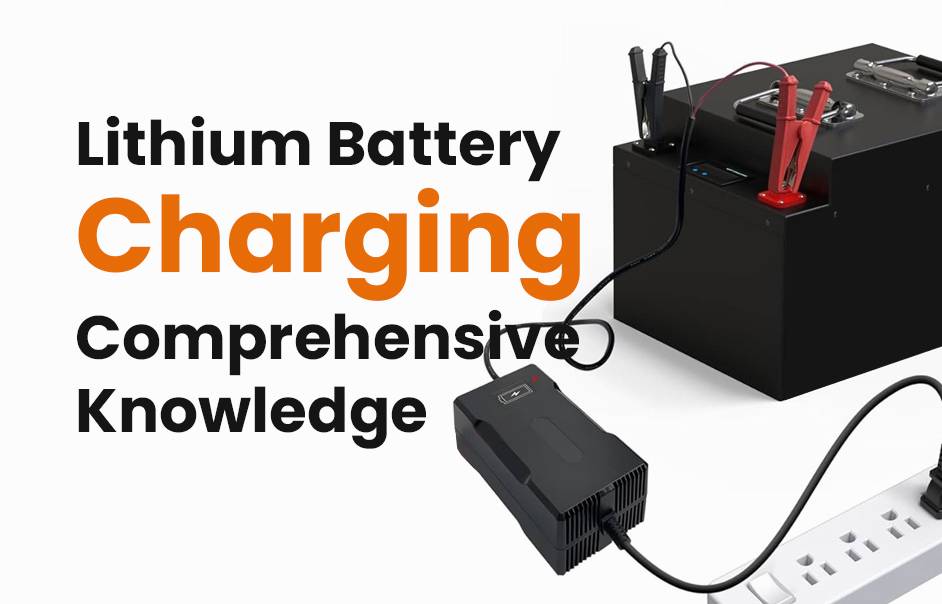
Blog
How to Maintain Telecom Lithium Batteries for Optimal Performance?
Telecom lithium battery maintenance involves regular voltage checks, temperature control, proper charging cycles, and firmware updates. Best practices include avoiding deep discharges, storing batteries at 50% charge in cool environments, and using manufacturer-approved equipment. These steps prevent capacity loss, thermal runaway, and extend battery lifespan in telecom infrastructure applications.
What Are the Key Charging Guidelines for Lithium Telecom Batteries?
Charge lithium telecom batteries between 20°C–25°C using constant-current/constant-voltage (CC/CV) charging. Maintain 3.8V–4.2V per cell range, never exceeding 4.25V. Implement tapered charging: 0.5C rate until 80% capacity, then reduce to 0.1C. Use smart chargers with overcharge protection and automatic cutoff at 100% state-of-charge. Avoid partial charging cycles—complete full discharges monthly to recalibrate battery management systems.
Importance of Telecom Battery Monitoring Systems
How Does Temperature Impact Telecom Lithium Battery Lifespan?
Conduct full discharge capacity tests quarterly for mission-critical installations. For standard telecom sites, perform impedance testing every 6 months and full cycle testing annually. Use battery analyzers that measure internal resistance (±5% accuracy) and compare against baseline values. Replace batteries showing ≥20% capacity degradation or ≥50% internal resistance increase from original specifications.
Temperature extremes significantly affect lithium-ion chemistry. Prolonged exposure above 40°C accelerates electrolyte decomposition, causing permanent capacity loss at rates of 4-6% per month. Below 0°C, lithium plating occurs during charging, reducing cycle life by 30-40%. Ideal operating range remains 15-25°C with <2°C thermal gradient across cells. Install active thermal management systems using:
| Temperature Range | Action Required |
|---|---|
| >35°C | Activate cooling fans |
| >45°C | Initiate liquid cooling |
| <5°C | Enable resistive heating |
Maintain 50-70% SOC during temperature extremes to minimize stress. Thermal runway risks increase exponentially above 60°C – implement multi-layer protection including fusible links and pressure relief vents.
Advantages of Lithium-Ion Batteries for Telecom Towers
Why Is Firmware Updates Critical for Battery Management Systems?
BMS firmware updates optimize charge algorithms, improve thermal modeling accuracy by 12–18%, and patch safety vulnerabilities. Updated firmware enables adaptive balancing (≤2mV cell deviation) and predictive failure analysis. Telecom operators should implement firmware upgrades during scheduled maintenance windows, ensuring compatibility with existing battery configurations and site monitoring protocols.
Telecom Lithium Batteries Ultimate Guide
Which Cleaning Methods Prevent Lithium Battery Terminal Corrosion?
Use non-conductive nylon brushes (0.5–1.0mm stiffness) with 90% isopropyl alcohol for terminal cleaning. Apply anti-oxidation compound (zinc-based grease with ≤0.03Ω/cm² resistivity) after cleaning. Perform terminal maintenance biannually, or quarterly in coastal environments. Never use abrasive materials or metal tools that risk creating short-circuit paths across battery terminals.
How to Safely Transport Telecom Lithium Batteries?
Transport batteries at 30–50% charge in UN38.3-certified containers with ≥10mm foam padding. Maintain ambient temperature between -10°C to +40°C during transit. Secure terminals with non-conductive caps and separate batteries in individual compartments. Follow IATA 965 Section II requirements for air transport, including state-of-charge documentation and thermal runaway containment measures.
What Batteries Are Used in Telecom Towers?
What Recycling Protocols Apply to Decommissioned Telecom Batteries?
Follow R2v3 or e-Stewards certification standards for lithium battery recycling. Fully discharge batteries to <2V/cell before disassembly. Use cryogenic separation (−195°C liquid nitrogen) for lithium recovery (98% efficiency). Document chain of custody through entire recycling process. In-house processing requires Class 1 explosive atmospheres certification and lithium-neutral fire suppression systems.
Modern recycling techniques recover 95%+ of battery materials through mechanical shredding and hydrometallurgical processes. Key steps include:
| Stage | Process | Output |
|---|---|---|
| 1 | Discharge & Sorting | Neutralized cells |
| 2 | Shredding | Black mass |
| 3 | Leaching | Li/Ni/Co solutions |
Implement closed-loop systems where recovered lithium is directly reused in new battery production. EU regulations mandate minimum 70% material recovery by 2030. Always verify recycler certifications and audit recovery rates quarterly.
“Modern telecom lithium batteries require active health monitoring beyond voltage thresholds. Our research at Redway shows predictive analytics combining impedance spectroscopy with thermal profiling predicts 93% of failures 60+ days pre-occurrence. Implement AI-driven BMS platforms that update safety parameters in real-time based on load patterns and environmental stressors.”
Conclusion
Effective telecom lithium battery maintenance combines scheduled testing (quarterly capacity checks, annual full discharges), environmental controls (15°C–25°C operating range), and advanced BMS integration. Adherence to these protocols ensures 8–12 year service life with <0.5% annual failure rates in properly maintained telecom power systems.
Advantages of Lithium-Ion Batteries for Telecom Towers
FAQs
- Q: Can telecom lithium batteries be used in parallel configurations?
- A: Yes, with matched impedance (±5%) and identical cycle counts. Use active balancing systems maintaining ≤3% SOC variance.
- Q: How often replace telecom battery fire suppression systems?
- A: Test aerosol systems annually; replace canisters every 5 years or after activation.
- Q: Maximum allowed voltage imbalance between cells?
- A: ≤30mV deviation under load; ≥80mV triggers automatic BMS shutdown.






